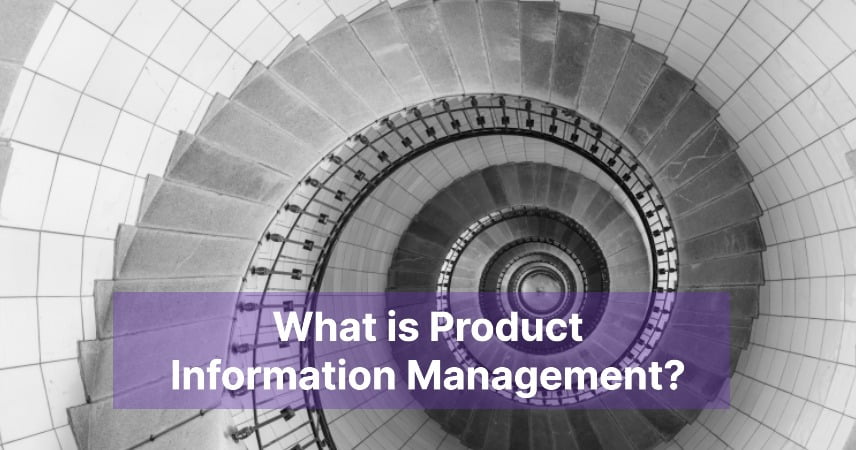What Do You Need for PIM Integration?

In the realm of Product Information Management (PIM), integration plays a pivotal role in streamlining processes and maximizing efficiency. But what exactly is needed for effective PIM integration? In this comprehensive guide, we’ll delve into the essentials, exploring everything from the basics to advanced strategies. Whether you’re a newcomer or a seasoned professional in the field, understanding the key components of PIM integration is crucial for optimizing your operations.
Understanding PIM Integration
PIM integration is the process of seamlessly connecting your Product Information Management system with other software applications and platforms within your organization’s ecosystem. It enables the efficient exchange of data and ensures consistency across all touchpoints, from marketing channels to sales platforms.
The Importance of Integration
Integration is the cornerstone of effective PIM management. By integrating your PIM system with various tools and platforms, you can centralize data management, improve collaboration among teams, and enhance the overall customer experience.
Key Components
Data Mapping
Data mapping involves defining the relationships between data fields in different systems to ensure accurate and consistent information exchange. It’s essential for mapping product attributes, categories, and hierarchies across various platforms.
API Integration
API integration allows different software applications to communicate with each other in real-time. By leveraging APIs (Application Programming Interfaces), you can facilitate seamless data transfer between your PIM system and other business applications.
Workflow Automation
Workflow automation streamlines processes by automating repetitive tasks and eliminating manual intervention. It ensures faster time-to-market for products and reduces the risk of errors in data management.
Data Quality Management
Data quality management is critical for maintaining accurate and reliable product information. It involves processes such as data cleansing, normalization, and enrichment to ensure data integrity across systems.
Scalability
Scalability refers to the ability of your PIM system to handle growing volumes of data and adapt to changing business needs. A scalable PIM solution can accommodate expansions in product catalogs, channels, and user base without compromising performance.
Security Measures
Security measures are essential for protecting sensitive product data from unauthorized access or breaches. Implementing robust security protocols, such as encryption and access controls, helps safeguard your PIM system and the information it contains.
User Training
User training is crucial for ensuring that your team members are proficient in using the PIM system and its integrated tools effectively. Providing comprehensive training programs enhances user adoption and maximizes the ROI of your PIM investment.
Integration Challenges
Despite its numerous benefits, PIM integration may pose certain challenges. These can include data compatibility issues, complex implementation processes, and resistance to change within the organization. Overcoming these challenges requires careful planning, collaboration, and continuous optimization efforts.
Best Practices
To ensure successful PIM integration, consider implementing the following best practices:
- Define clear objectives and KPIs for integration projects.
- Collaborate closely with IT, marketing, and sales teams to align objectives.
- Invest in a flexible and scalable PIM solution that meets your current and future needs.
- Regularly assess and optimize your integration processes to improve efficiency and performance.
- Provide ongoing training and support to users to maximize adoption and proficiency.
Future Trends
As technology continues to evolve, the future of PIM integration holds exciting possibilities. From advancements in AI and machine learning to the rise of omnichannel commerce, businesses can expect to see innovations that further enhance the capabilities and effectiveness of PIM integration.





